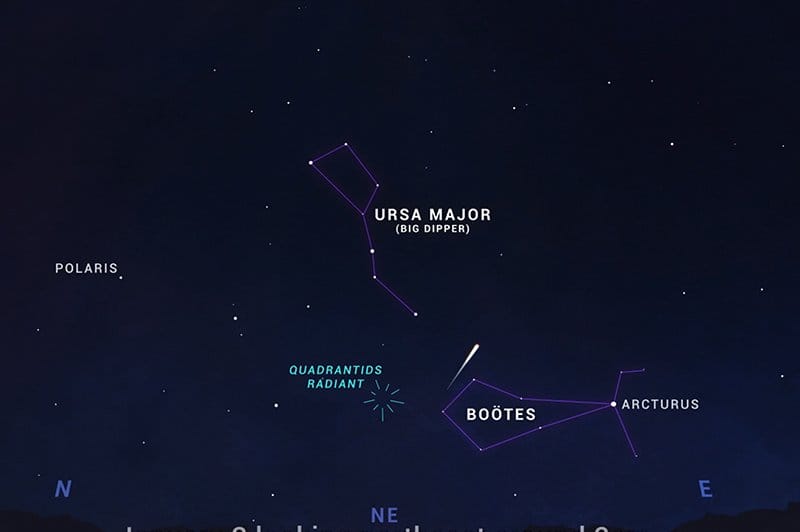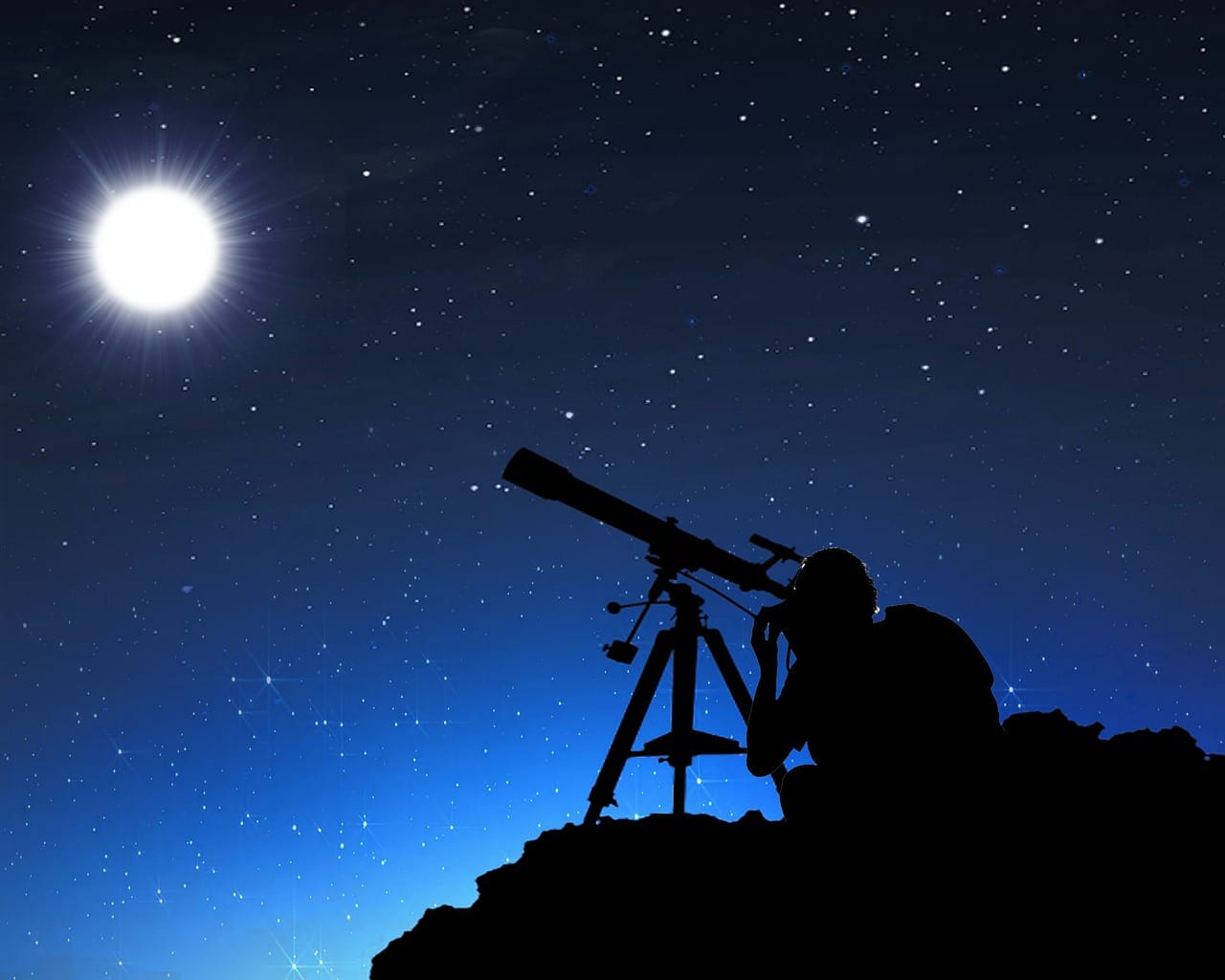As the Earth begins its annual journey around the sun, stargazers eagerly await the first meteor shower of the year: the Quadrantids. This celestial spectacle is expected to peak on the night of January 3rd, 2025, offering a spectacular display of shooting stars. Here’s a comprehensive guide on how to catch the Quadrantids and make the most of this astronomical event.
Understanding the Quadrantids
The Quadrantids are unique among meteor showers due to their short peak duration, typically lasting only a few hours. They are named after the former constellation Quadrans Muralis, which is now part of the constellation Boötes. The meteors are believed to originate from the asteroid 2003 EH1, which was discovered in 2003.
Optimal Viewing Times
The Quadrantids peak on the night of January 3rd, with the best viewing window lasting from around 10 PM local time until dawn. However, meteor activity can be observed for a few days before and after the peak. For the best viewing experience, it’s recommended to watch the skies during the early morning hours, as this is when the radiant point of the meteor shower is highest in the sky.
Finding the Perfect Location
To maximize your chances of witnessing the Quadrantids, it’s crucial to choose a dark-sky location with minimal light pollution. Ideal viewing spots include rural areas, national parks, or even your backyard, provided it is clear of obstructions like trees or buildings. Dark Sky Parks and Reserves are excellent choices for stargazing, offering optimal conditions for meteor shower viewing.
Essential Equipment
While no special equipment is required to observe the Quadrantids, there are a few items that can enhance your viewing experience:
1. Warm Clothing: January nights can be cold, so dress in layers and bring a blanket or chair to sit on comfortably.
2. Binoculars or Telescope: While not necessary, these can help you spot faint meteors or other celestial objects.
3. Red Light Flashlight: A flashlight with a red bulb or filter preserves your night vision, allowing you to see more meteors.
4. Camera: A tripod-mounted camera with a wide-angle lens can capture stunning images of the meteor shower.
Tips for Viewing
1. Find a Comfortable Spot: Lie flat on your back or use a reclining chair to minimize neck strain.
2. Allow Your Eyes to Adjust: It takes about 20-30 minutes for your eyes to fully adapt to the dark, so be patient.
3. Look in the Right Direction: The radiant point for the Quadrantids is in the constellation Boötes, near the Big Dipper. Meteors will appear to originate from this area.
4. Be Patient: Meteor showers can be unpredictable, and there may be periods of inactivity followed by bursts of activity.
Safety Tips
1. Dress Warmly: January nights can be cold, so dress in layers and bring a blanket or chair to sit on comfortably.
2. Stay Hydrated: Bring water and snacks to keep your energy up during the long night.
3. Be Aware of Your Surroundings: Watch out for wildlife and other potential hazards in your viewing location.
Additional Activities
While waiting for the Quadrantids to peak, engage in other stargazing activities, such as observing constellations, planets, or even the International Space Station as it passes overhead.
Conclusion
The Quadrantids meteor shower is a fantastic way to start the new year, offering a glimpse into the wonders of the universe. By following these tips and guidelines, you’ll be well-prepared to catch the first meteor shower of 2025. So grab your friends, family, or fellow stargazers, and get ready to witness the breathtaking spectacle that is the Quadrantids.



